
Question and Answers Forum
AllQuestion and Answers: Page 1211

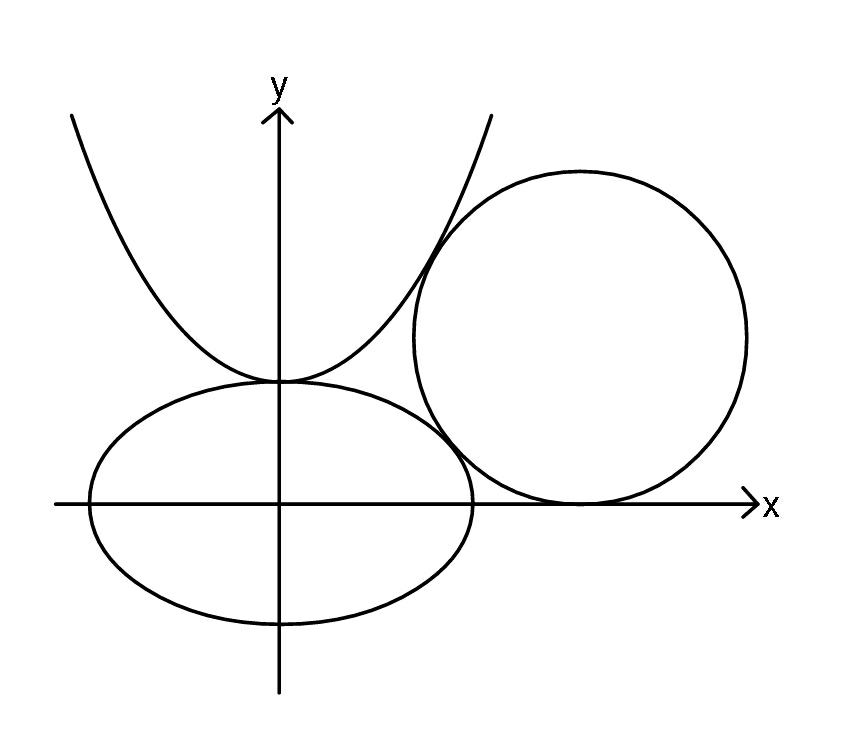
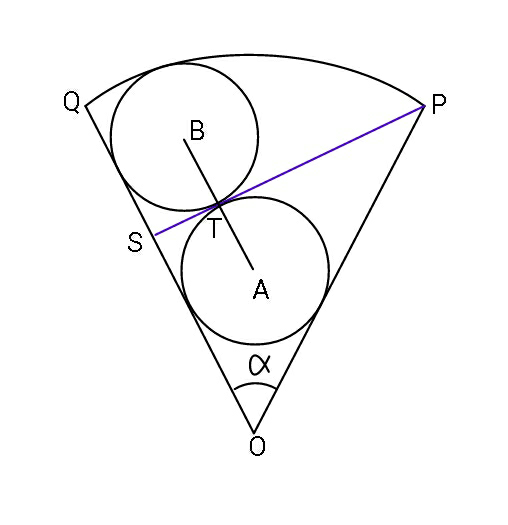





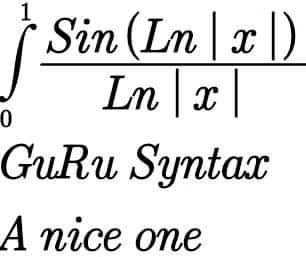

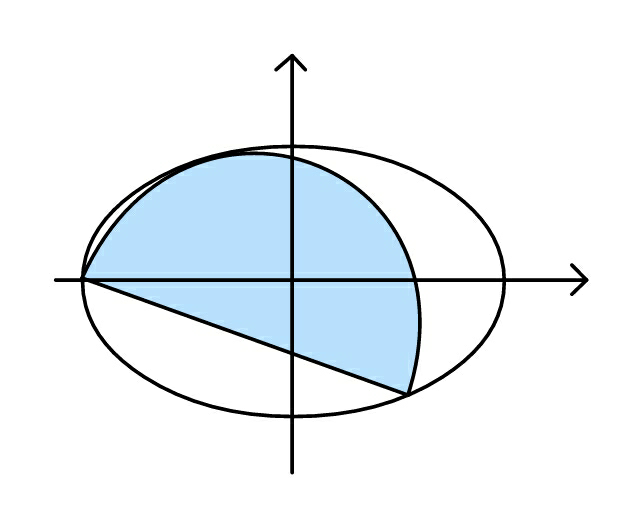
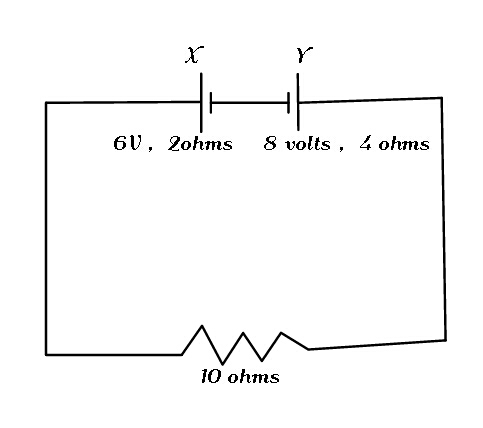
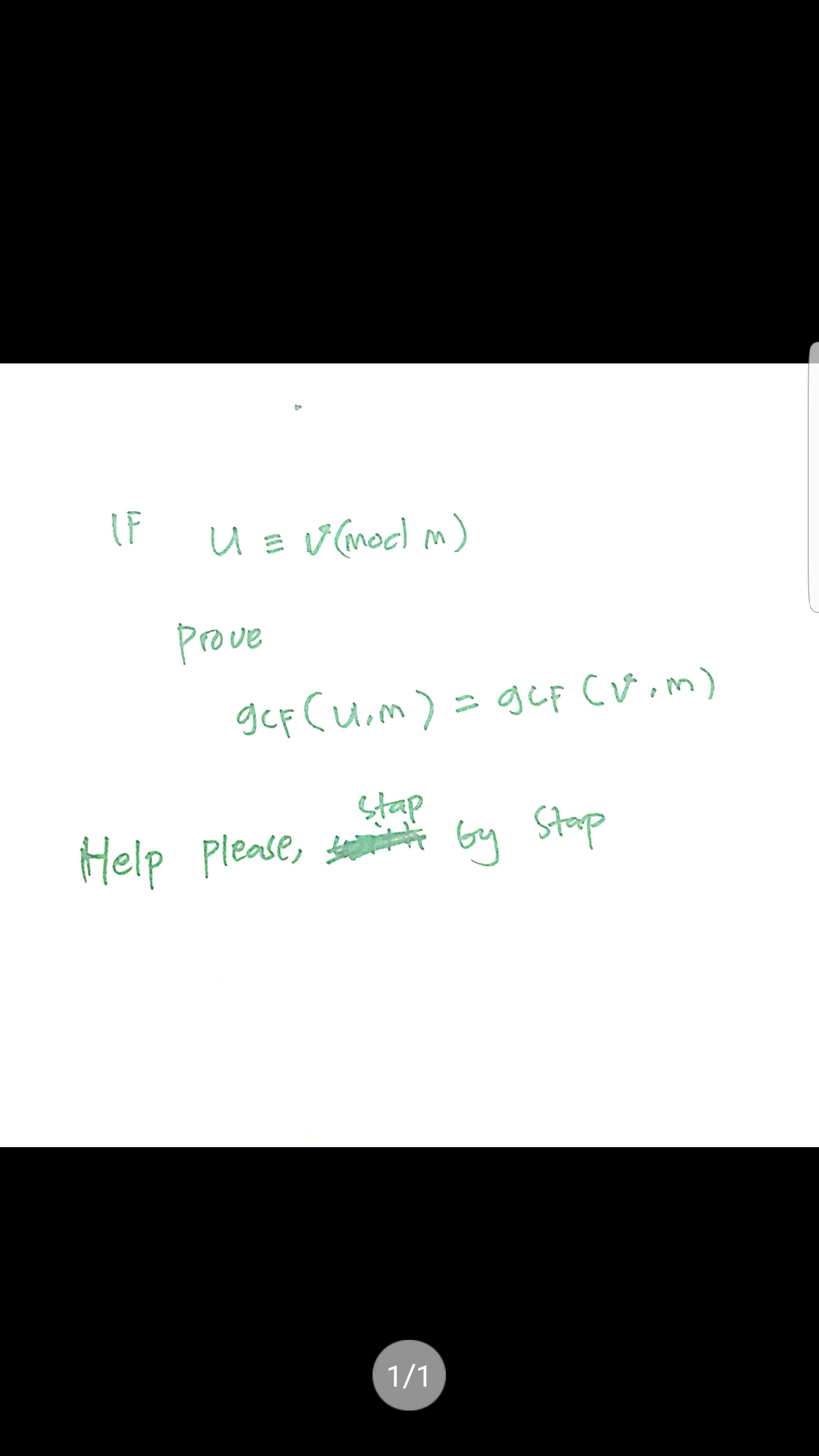

Pg 1206 Pg 1207 Pg 1208 Pg 1209 Pg 1210 Pg 1211 Pg 1212 Pg 1213 Pg 1214 Pg 1215
|
Question and Answers Forum |
AllQuestion and Answers: Page 1211 |
| if f(x)=(√(x−2)) is there cirtical point in (2,0) |
| find the equation of a parabola with focus (3,3) and directrix y = 0 |
| There are four boxes, each of them contains exactly the same numbers: 1,2,3,...,n. Four different numbers are drawn from the boxes and multiplicated with each other to get a product. What′s the sum of all products? Σ_(a≠b≠c≠d) abcd=? |

|
| (e/(√e)) × ((e)^(1/(3 )) /(e)^(1/(4 )) ) × ((e)^(1/(5 )) /(e)^(1/(6 )) ) × ((e)^(1/(7 )) /(e)^(1/(8 )) )×...=? |
| ∫ _1 ^4 (dx/((4x−1)(√x))) |

|

|
| ∫( (√(tan x )) + (√(cot x)) )dx = ? |

|

|
| ( a,b )are complex numbers and a^2 +ab+b^2 =0 find ((a/(a+b)))^(2020) +((b/(a+b)))^(2020) |

|

|
| A circle touches the four sides of quadrilateral ABCD. Show/prove that AB+CD=BC+DA. Please help. |
| A circle touches the four sides of quadrilateral ABCD. Show/prove that AB+CD=BC+DA. Please help. |
| ∫(x^2 /(x^2 −(5/2)x−(3/2))) dx |

|

|

|

|

|
| prove that ∣((e^z −e^(−z) )/2)∣^2 +cos^2 y=sinh^2 x when z=x+iy |

|
| ∫ ((ln(x^2 +1) dx)/(x+1)) |

|
Pg 1206 Pg 1207 Pg 1208 Pg 1209 Pg 1210 Pg 1211 Pg 1212 Pg 1213 Pg 1214 Pg 1215 |